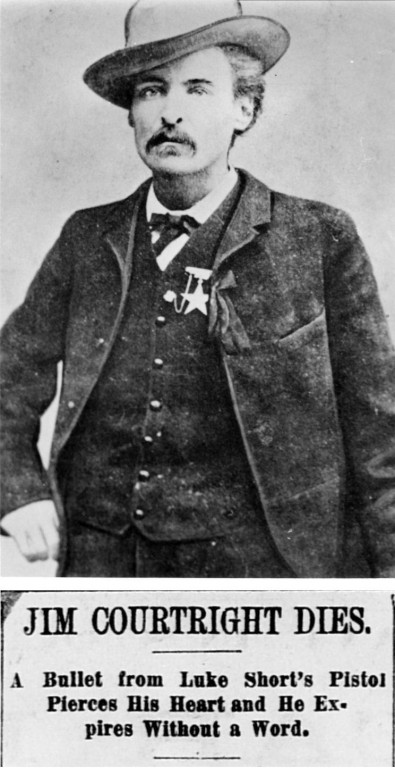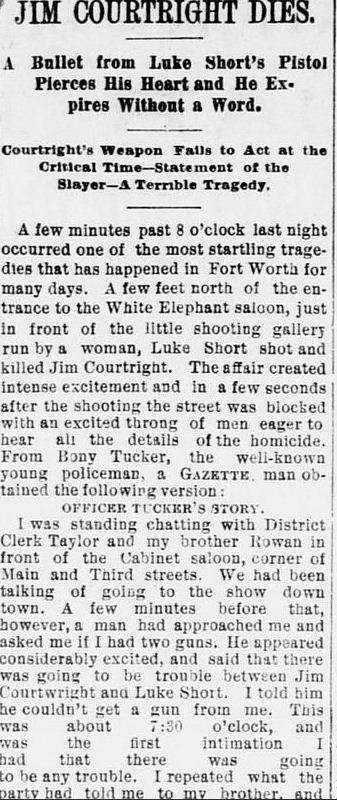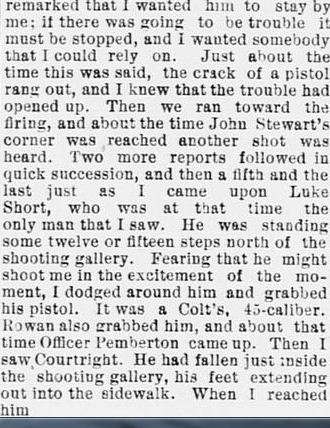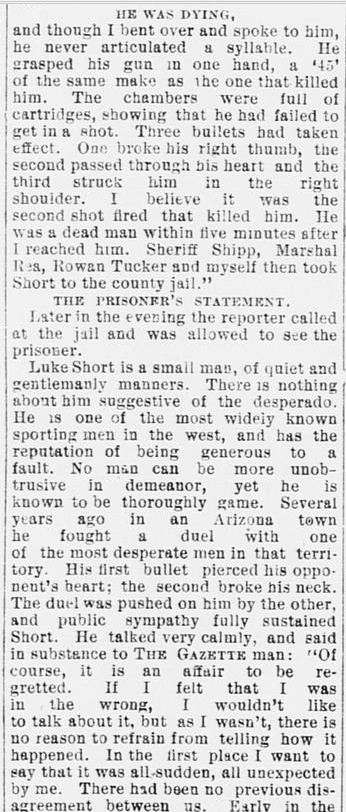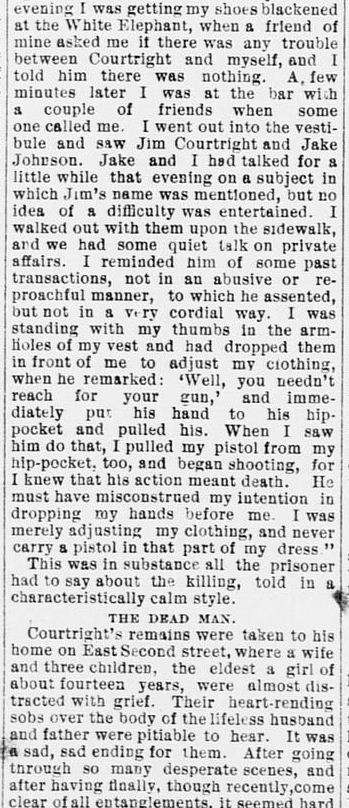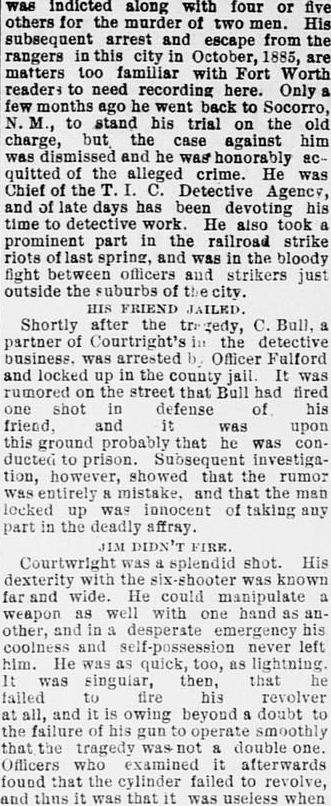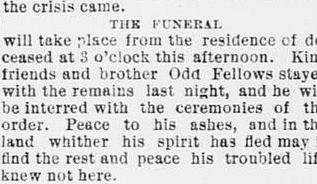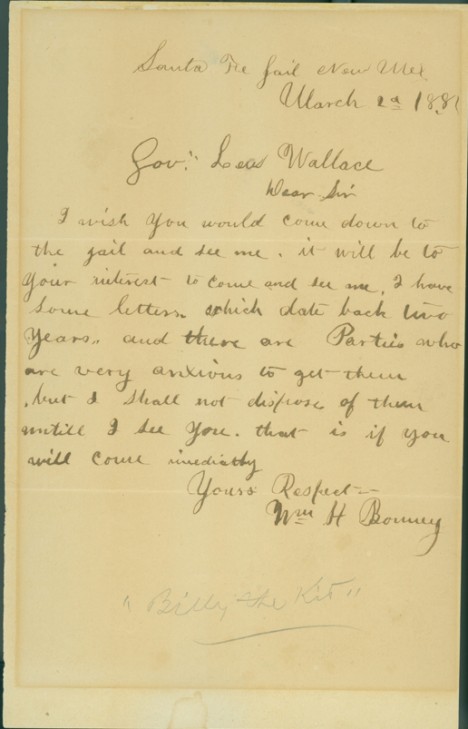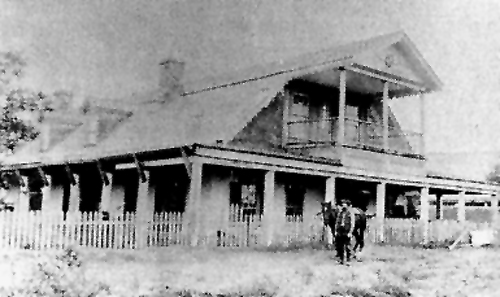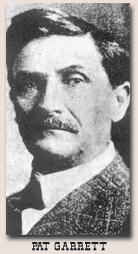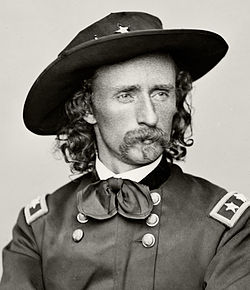Steve it looks like Wal' has given us a good explanation. Makes sense to me.
Think of the rare instances when an armed citizenry rose up? Northfield and Coffeyville.
I remember watching old clips of Charles Whitman and thinking, couldn't happen here. . . in rural Western Kentucky there are no buildings that tall and if he scaled the tallest, guys would be pulling over their pickups and wagering on which one of the tons of '06s would take him out. I can see the disappointment when Whitman fell on the faces of all who did NOT get to put some lead into him.
Police would have been cheering them on.

|
   
   
|


|















